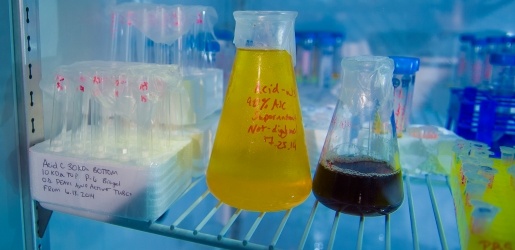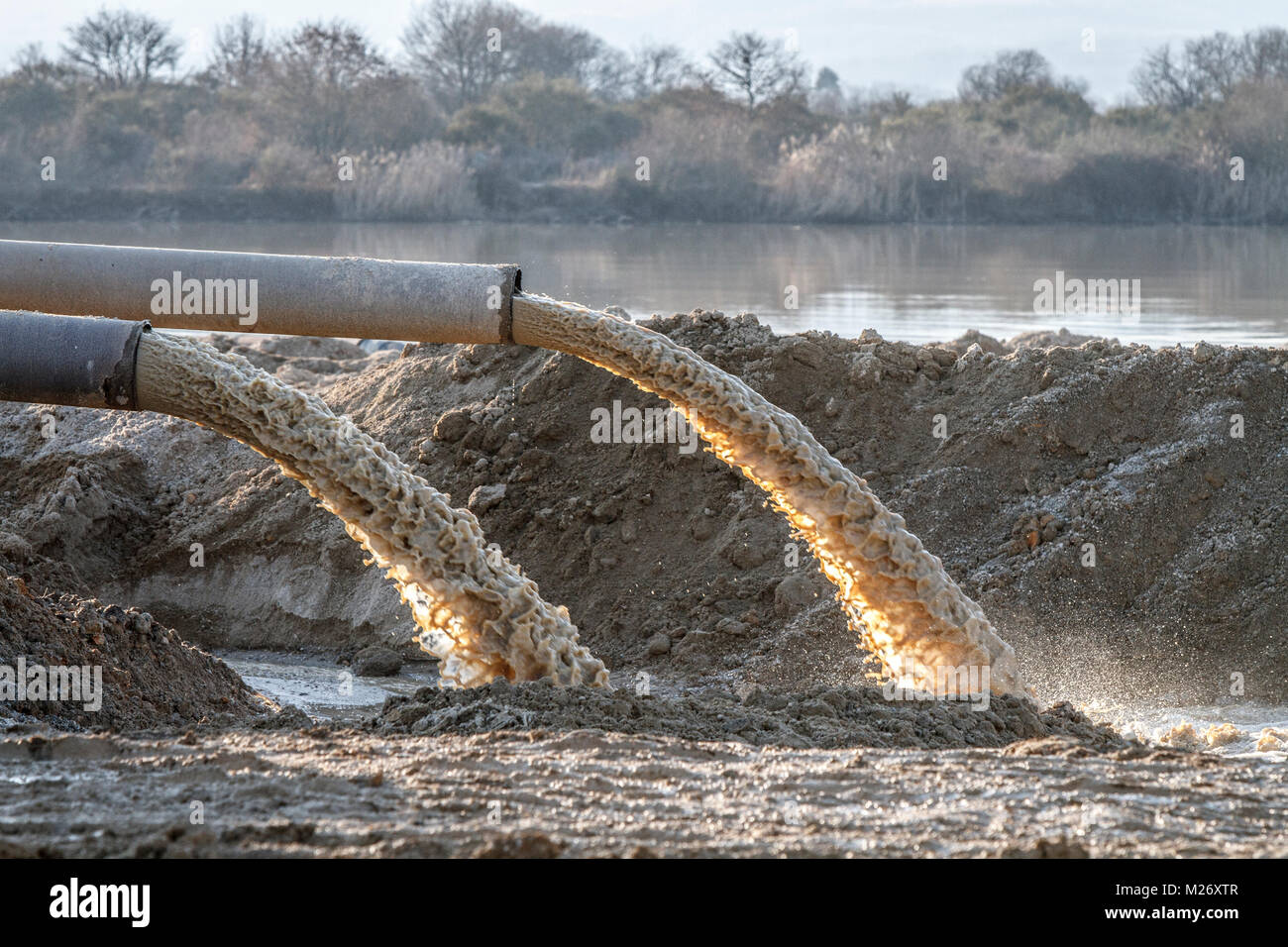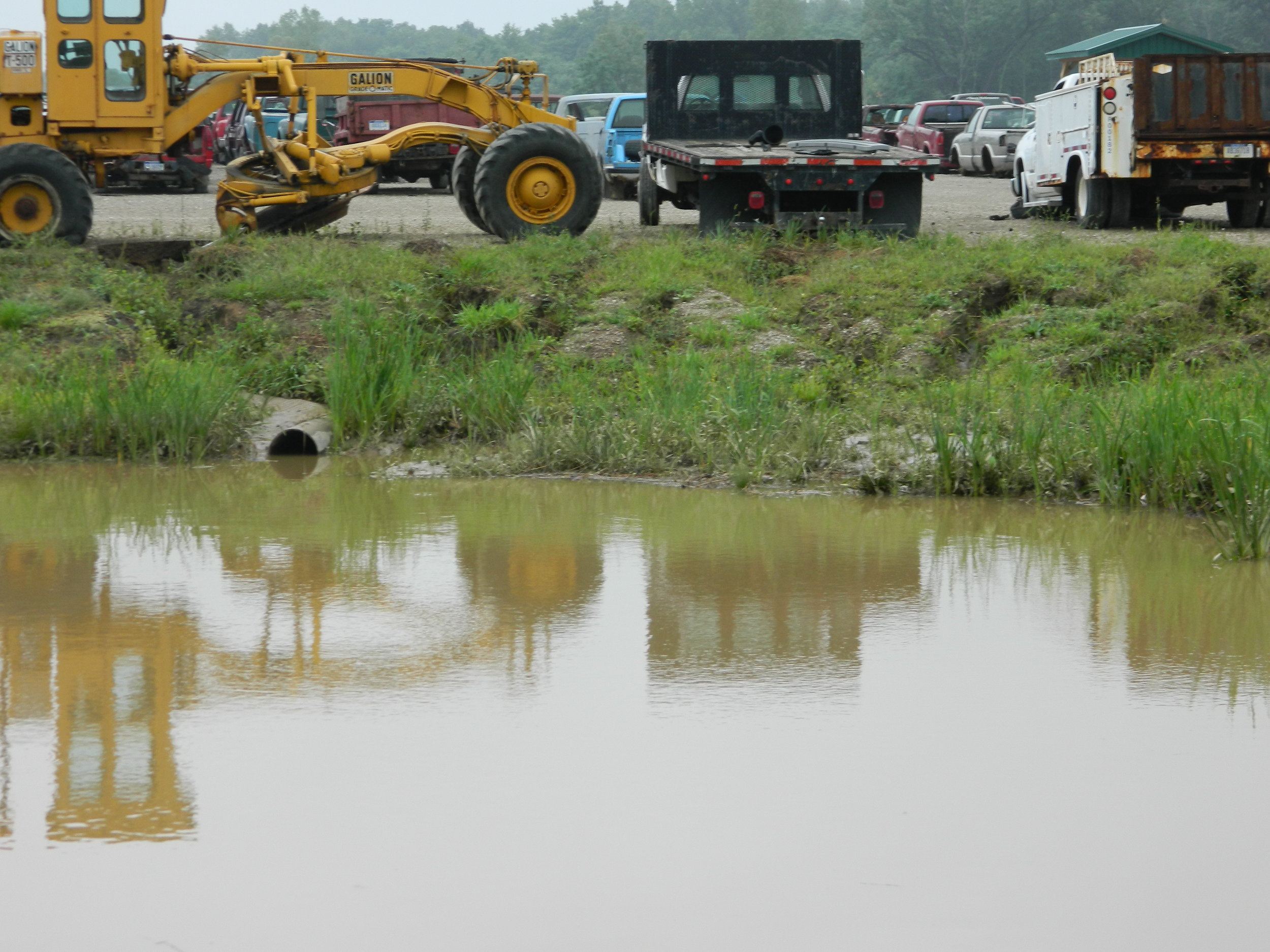Top Liquid Waste Disposal Melbourne: Trusted Services for Proper Waste Monitoring
Top Liquid Waste Disposal Melbourne: Trusted Services for Proper Waste Monitoring
Blog Article
Exactly How Liquid Garbage Disposal Functions: A Thorough Review of Strategies and Technologies Utilized

Overview of Liquid Waste Types
The intricacy of fluid waste kinds demands a comprehensive understanding of their attributes and implications for disposal. Liquid waste can extensively be categorized into several kinds, consisting of commercial, community, agricultural, and contaminated materials. Each category shows distinctive properties, calling for certain administration techniques to reduce ecological and wellness threats.
Industrial fluid waste originates from manufacturing procedures and typically includes a series of contaminants, such as hefty metals, solvents, and organic substances. Local liquid waste, primarily consisting of wastewater from households and business facilities, includes raw material, nutrients, and virus (industrial wastewater treatment). Agricultural fluid waste, including overflow from farms, may contain plant foods, chemicals, and pet waste, presenting dangers to water high quality and environments
Harmful fluid waste is characterized by its toxicity, reactivity, or potential to create damage. This group includes materials like acids, bases, and specific chemicals that necessitate rigid handling and disposal procedures. Understanding these varied liquid waste kinds is important for developing efficient disposal methods and making sure conformity with environmental laws. Proper category and characterization are important for carrying out appropriate treatment strategies and reducing the negative influences on public health and wellness and the setting.
Physical Treatment Approaches

Screening is the initial step, where larger particles and particles are gotten rid of from the fluid waste utilizing screens or grates. This process protects downstream equipment from damage and ensures smoother procedure. Adhering to screening, sedimentation uses gravitational force to separate solids from liquids. In sedimentation containers, much heavier bits work out at the bottom, forming a sludge layer, while the made clear fluid can be additional treated.
Filtration is an additional crucial technique that involves passing the fluid through permeable materials, such as sand or membranes, to catch smaller fragments. This step boosts the high quality of the fluid, making it appropriate for subsequent therapy processes.

Chemical Therapy Techniques
Chemical therapy methods are essential for properly handling fluid waste, especially in resolving dissolved and colloidal impurities that physical methods might not sufficiently remove. These methods read make use of different chemical representatives to neutralize, speed up, or change dangerous materials into less unsafe types.
One usual method is coagulation and flocculation, where chemicals such as alum or ferric chloride are contributed to advertise the aggregation of suspended fragments. This procedure improves sedimentation, enabling easier removal of the resulting sludge. Furthermore, oxidation procedures, utilizing representatives like chlorine or ozone, are used to break down complex natural substances and pathogens, rendering the waste much safer for discharge or additional therapy.
Neutralization is an additional crucial method, which readjusts the pH of acidic or alkaline waste streams to neutral degrees, preventing potential harm to click here to find out more downstream systems and the atmosphere. Moreover, progressed oxidation procedures (AOPs) make use of mixes of oxidants and ultraviolet light to degrade persistent pollutants, accomplishing a greater level of treatment efficiency.
Biological Treatment Processes
Organic therapy procedures play an essential role in the management of liquid waste by utilizing microorganisms to break down raw material and lower contaminant degrees. These procedures can be extensively classified into aerobic and anaerobic treatments, each using details microbial areas to attain efficient waste deterioration.
Cardiovascular treatment involves using oxygen to facilitate the breakdown of organic products by microorganisms. This procedure is typically executed in activated sludge systems, where aeration containers provide a helpful environment for microbial development, bring about the oxidation of natural contaminants. The resultant biomass can be divided from treated effluent through sedimentation.
In comparison, anaerobic therapy takes place in the lack of oxygen, counting on various germs to break down natural issue. This technique is especially beneficial for high-strength waste, as it creates biogas, a renewable resource source, while lowering sludge manufacturing. Technologies such as anaerobic digesters are frequently employed in commercial and local applications.
Both aerobic check it out and anaerobic organic treatments not just reduce the environmental influence of fluid waste however also promote resource healing, making them vital parts of sustainable waste monitoring techniques. Their effectiveness, performance, and adaptability sustain their prevalent application throughout different sectors.
Emerging Technologies in Disposal
Innovative approaches to liquid waste disposal are swiftly evolving, driven by improvements in modern technology and an enhancing emphasis on sustainability. Amongst these arising modern technologies, membrane layer bioreactors (MBRs) have acquired traction for their capability to incorporate organic therapy with membrane layer filtration, resulting in top notch effluent that can be recycled in numerous applications. MBRs make it possible for smaller sized impacts and more efficient operations compared to conventional systems.
One more appealing advancement is the use of anaerobic digestion combined with nutrient recovery technologies, which not only treats liquid waste but additionally creates biogas and recoups beneficial nutrients like nitrogen and phosphorus. This twin advantage boosts source effectiveness and minimizes environmental impact.
Additionally, advanced oxidation procedures (AOPs) are being taken on for the destruction of intricate natural contaminants. These techniques use powerful oxidants and catalysts to damage down impurities at the molecular degree, providing a highly effective remedy for tough waste streams.
Additionally, the combination of synthetic intelligence and equipment knowing in waste management systems is optimizing functional effectiveness and predictive upkeep, resulting in reduced prices and boosted environmental compliance. These modern technologies reflect a substantial change in the direction of even more lasting and effective liquid waste disposal techniques.
Verdict
To conclude, reliable fluid waste disposal requires an extensive understanding of different methods and innovations. The combination of physical, chemical, and organic treatment techniques guarantees the efficient management of diverse waste kinds. Additionally, the emergence of cutting-edge modern technologies enhances therapy effectiveness and advertises sustainability in waste administration practices. By constantly progressing these methods, it becomes feasible to attend to the growing difficulties associated with fluid waste, ultimately adding to ecological defense and source healing.
Liquid waste disposal is a crucial facet of environmental monitoring, calling for a thorough understanding of numerous techniques and technologies tailored to different waste types. Fluid waste can generally be classified right into several types, consisting of commercial, metropolitan, farming, and harmful waste. Agricultural fluid waste, including drainage from farms, might consist of fertilizers, chemicals, and animal waste, positioning threats to water top quality and communities.
Different physical therapy approaches play an important duty in handling fluid waste effectively - industrial wastewater treatment.In conclusion, efficient liquid waste disposal demands an extensive understanding of different strategies and technologies
Report this page